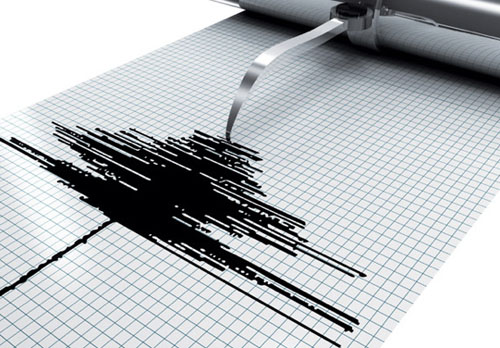Led by Takahiro Omi, a researcher at the university's Institute of Industrial Science, the research team announced its findings in Scientific Reports, an open-access science journal published by the Nature Publishing Group.
Major aftershocks that can increase the scale of destruction usually occur within 24 hours of the original earthquake, but until now, it has taken about a day to predict when they will occur. It is believed that the new method can help reduce secondary disasters, such as accidents during rescue operations, that can occur during aftershocks.
Aftershocks are typically forecast after an earthquake mainly based on available observation data about their past frequency. In many cases, however, it is difficult to detect those of magnitude 2 or smaller, which often occur in conjunction with another larger aftershock. For this reason, it is hard to predict aftershocks in the period immediately after an earthquake, when bigger aftershocks tend to occur.
Applying the principle that the smaller the magnitude, the more frequent the occurrence, the research team focused its study on finding a way to predict the probability of aftershocks in light of insufficient observation data. Combining past data and estimates, they developed a statistical model for forecasting aftershock magnitude and frequency within about three hours of the main shock.
Nao Hirata, a professor at the University of Tokyo's Earthquake Prediction Research Center, said, "It's important in disaster prevention to predict aftershocks as soon as possible after the main earthquake to alert residents."













 Researchers at the University of Tokyo have developed a new method for forecasting the probability of large aftershocks within about three hours of an earthquake.
Researchers at the University of Tokyo have developed a new method for forecasting the probability of large aftershocks within about three hours of an earthquake.